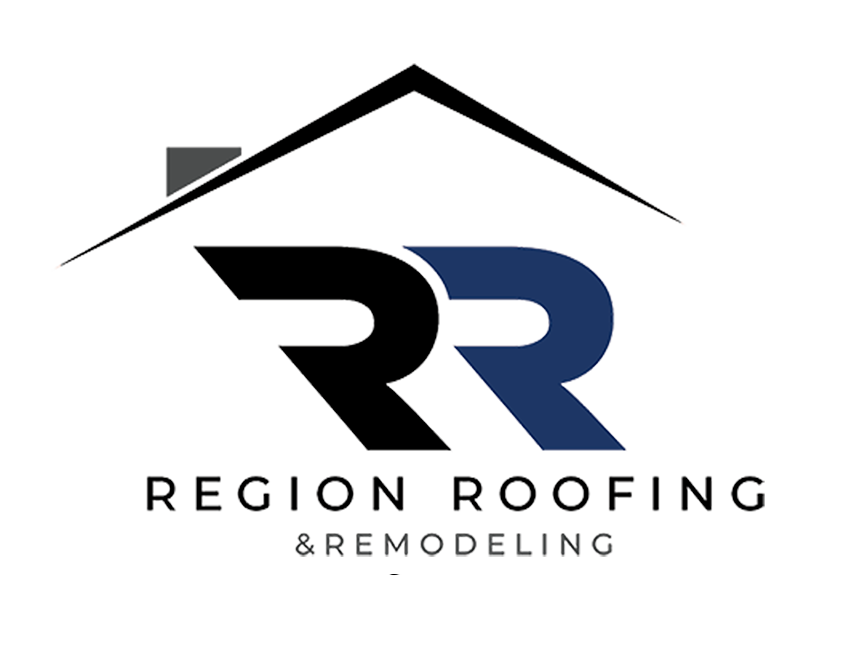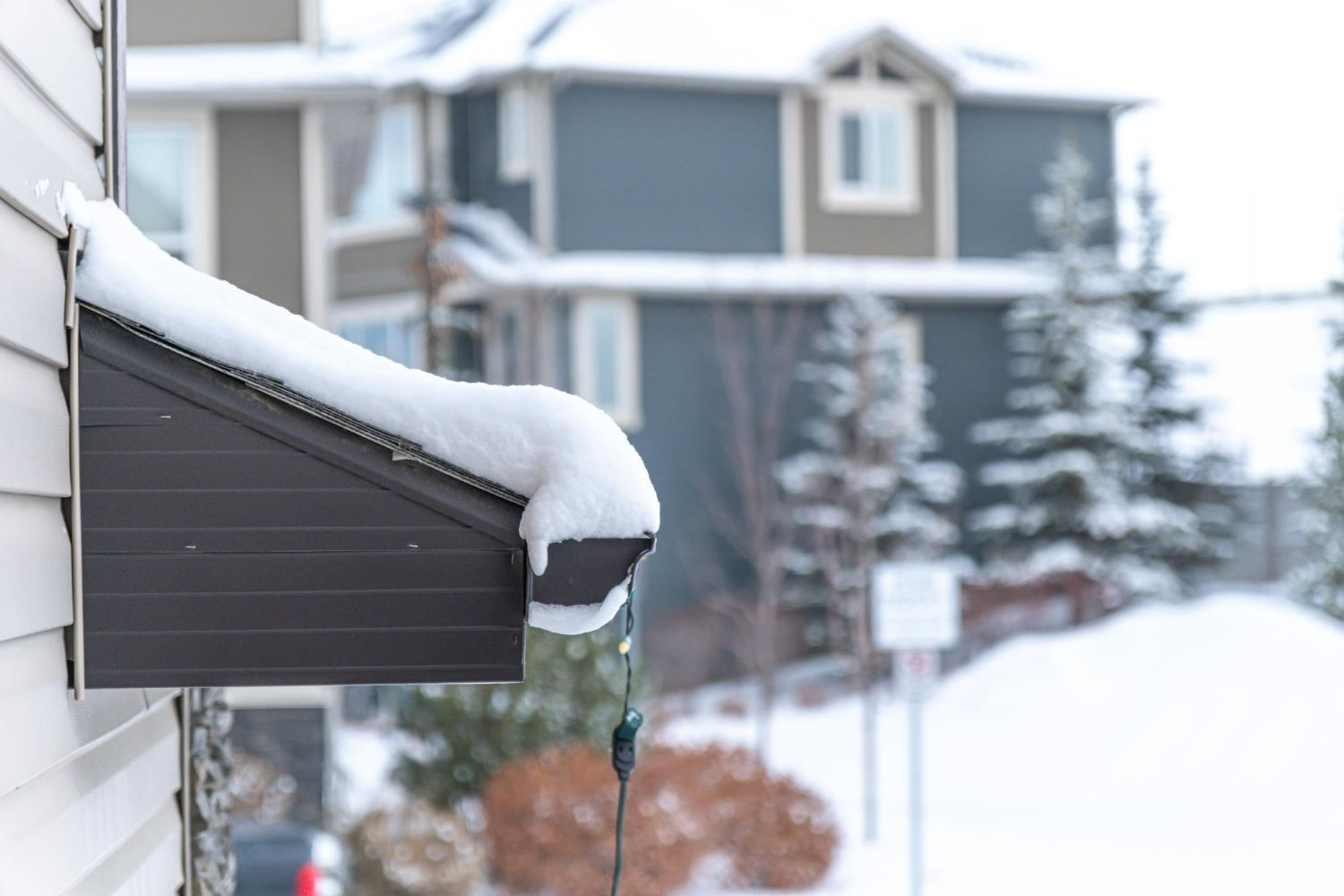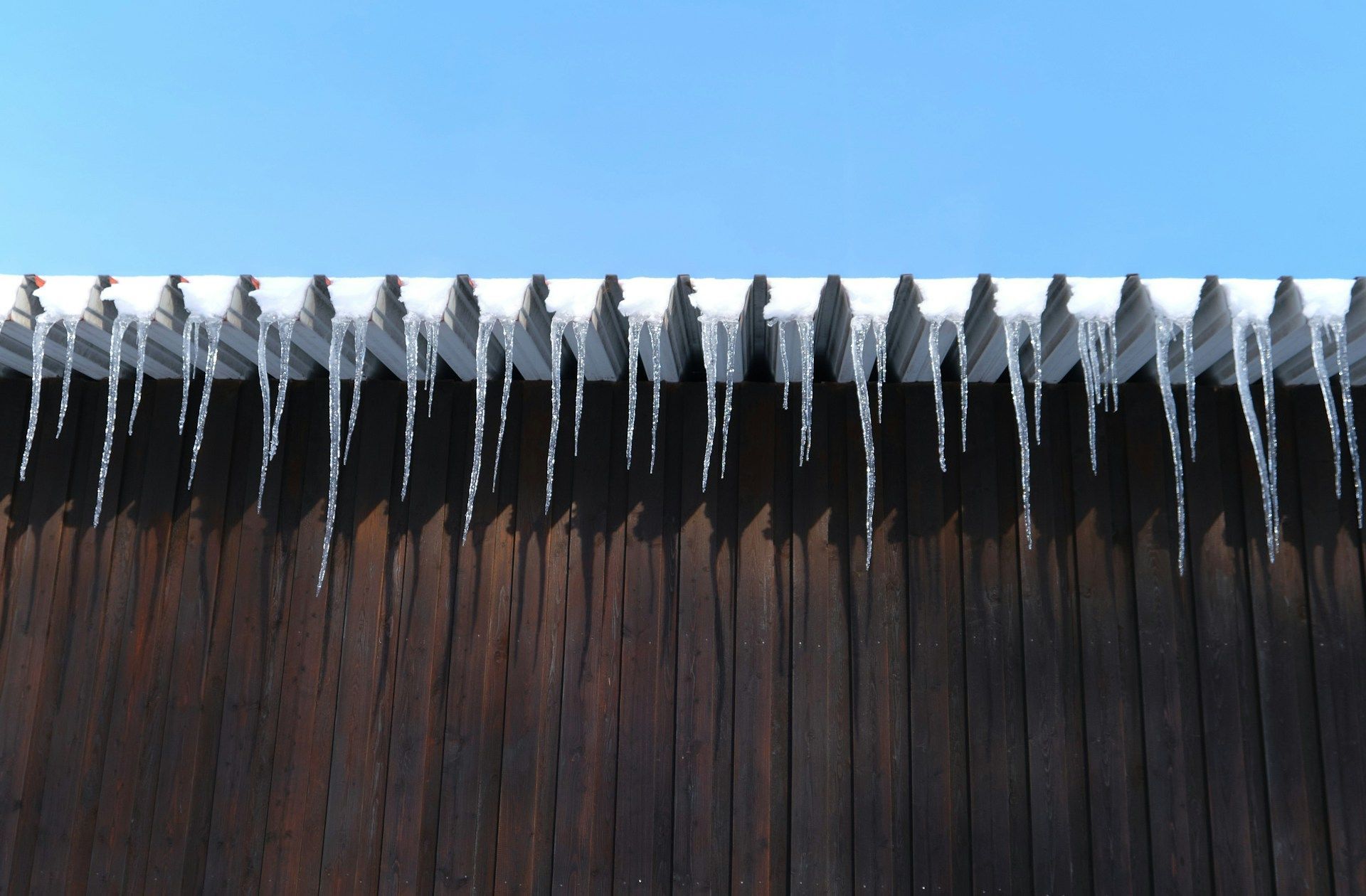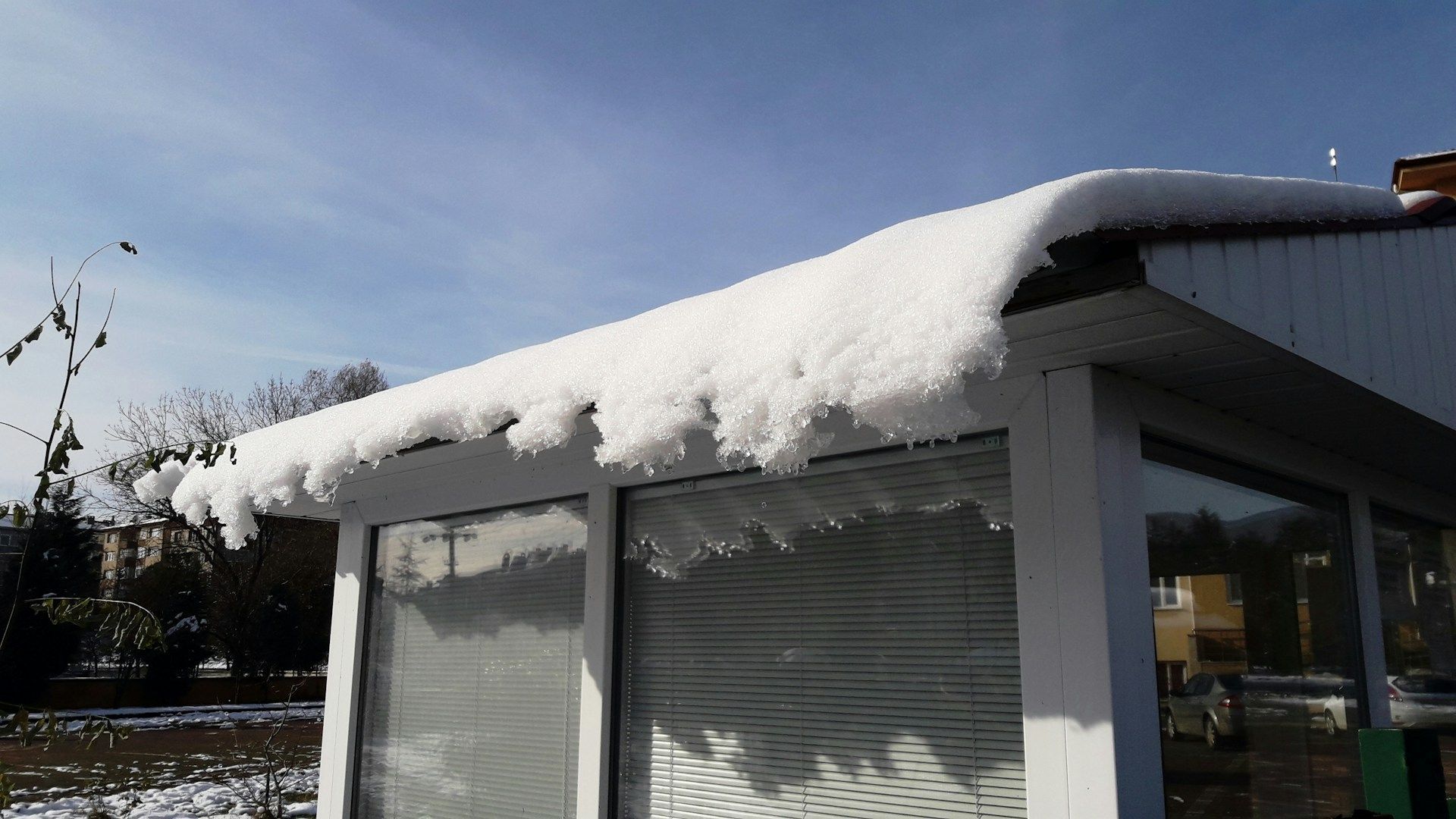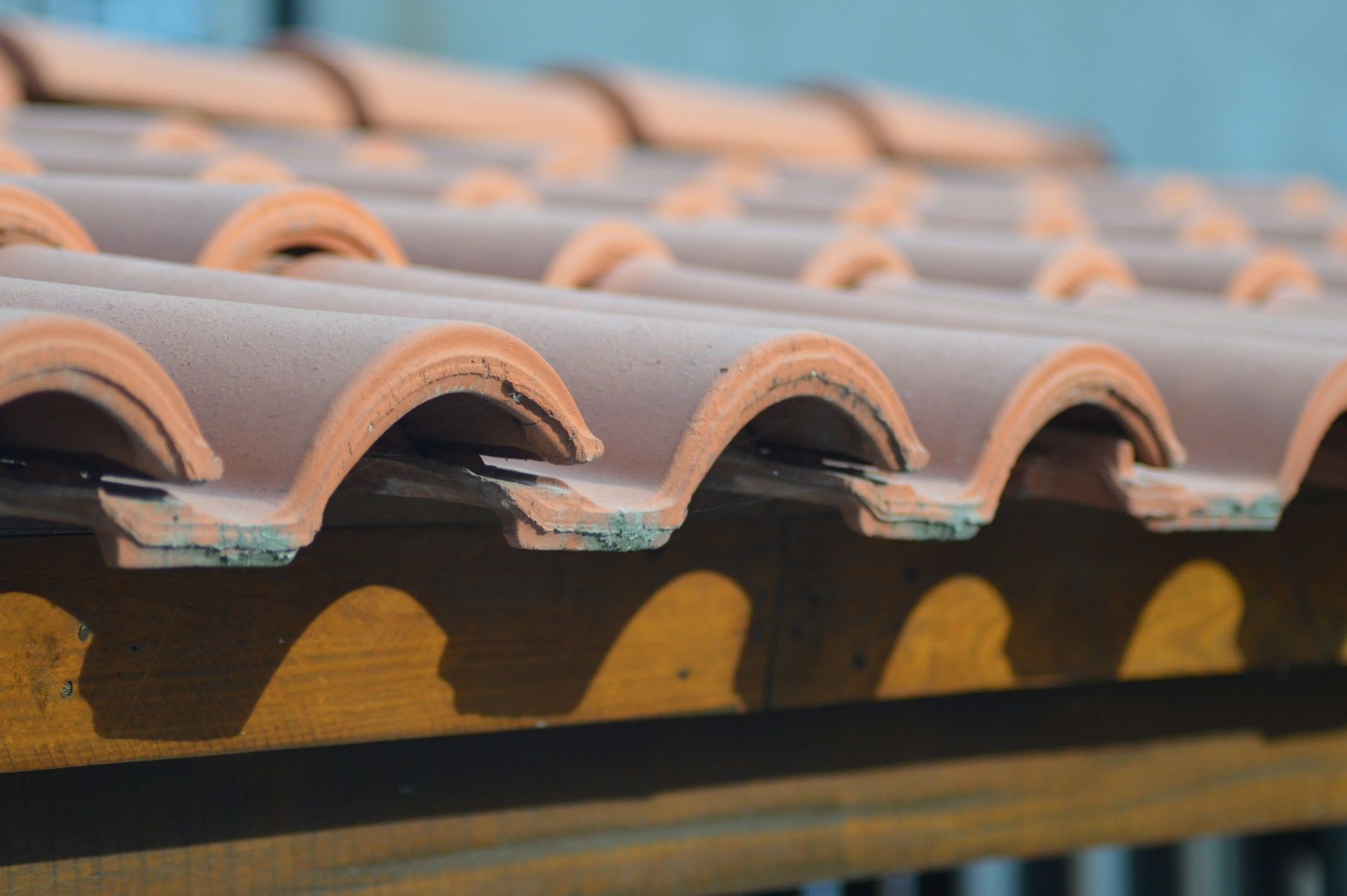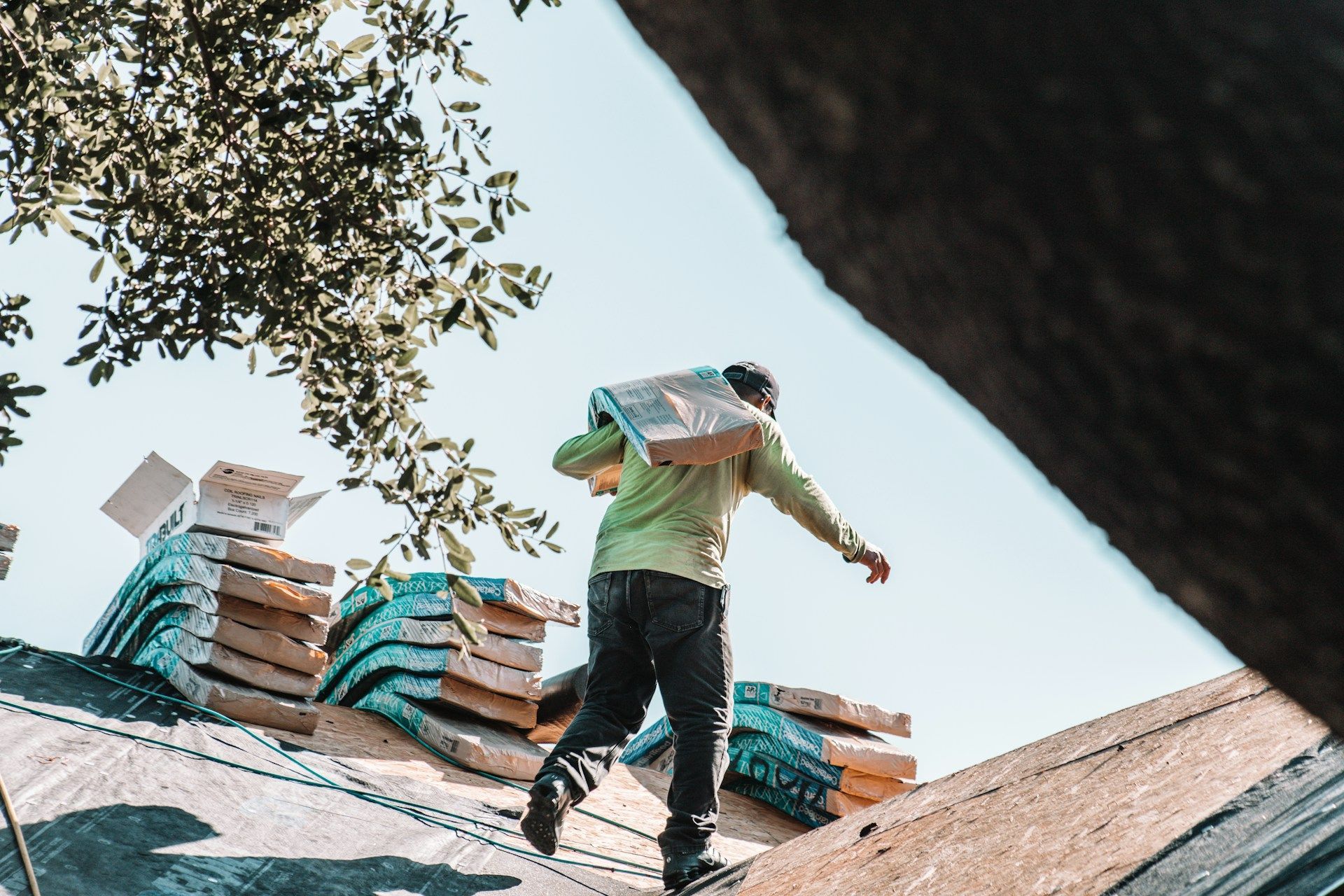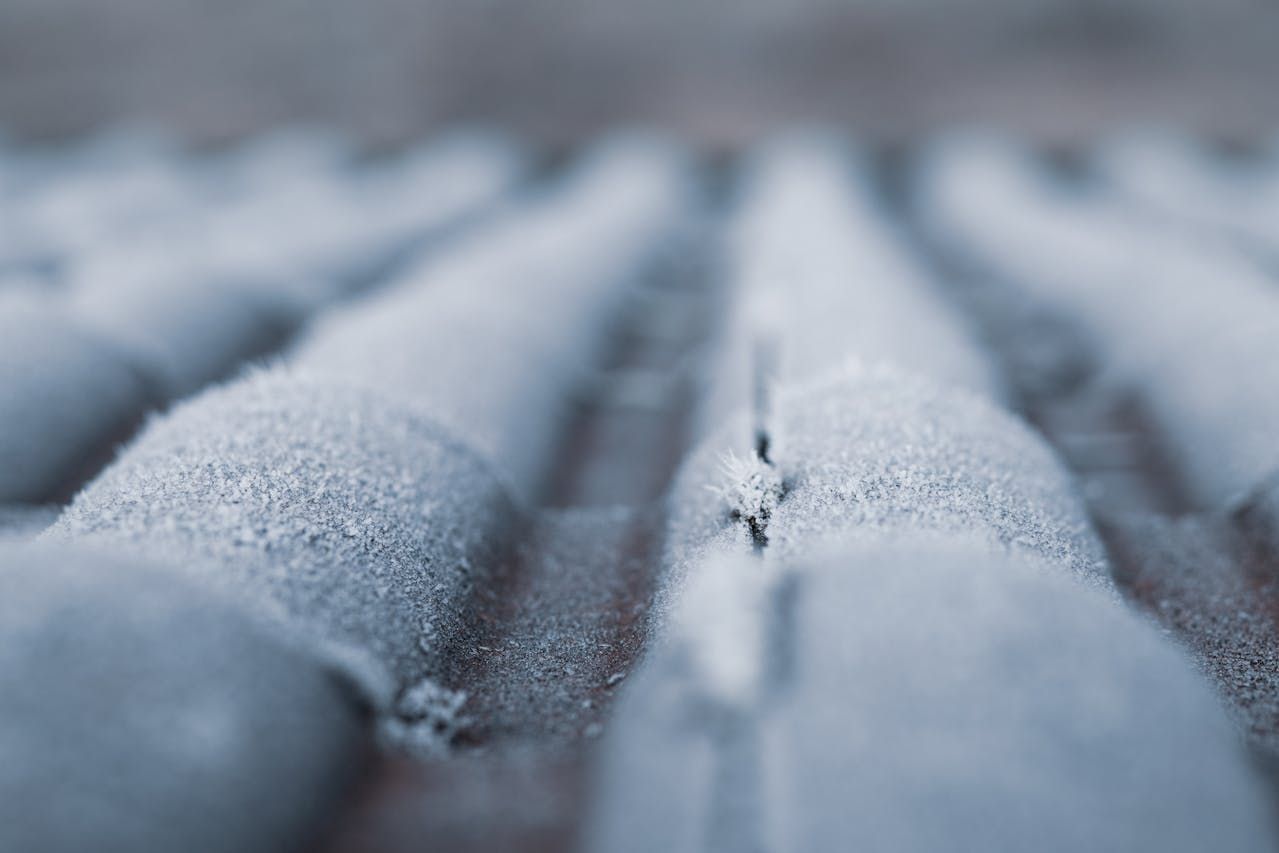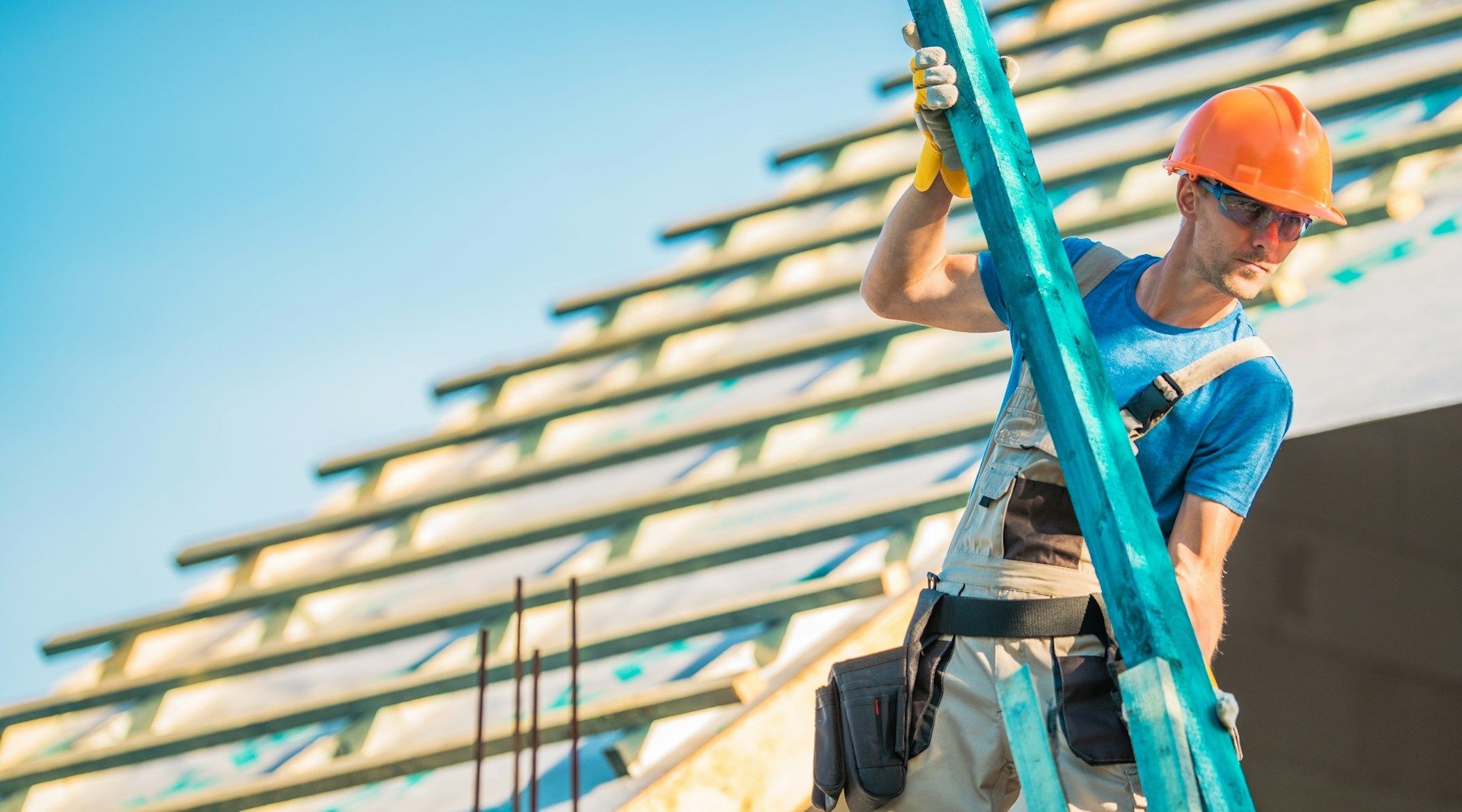Signs of Poor Gutter Installation That Lead to Problems
Gutters don’t always get the attention they deserve, but they play a big part in keeping your home safe from water damage. When they’re installed the right way, water flows off your roof and away from your home without a problem. But when installation isn’t done properly, it can create a chain of issues that turn into serious repairs. It’s not always easy to spot trouble at first, but even small mistakes in gutter placement or alignment can lead to larger damage later on.
In Chicago, changing seasons bring a mix of heavy rain, snow, and falling leaves that can put extra pressure on your gutters. If they weren’t installed the right way to begin with, these conditions will only make problems worse. So, if your gutters aren’t doing their job, the root of it might be how they were put in. Let’s break down some of the most common signs that point to poor gutter installation, so you can catch issues early and avoid bigger headaches.
Misaligned or Sagging Gutters
One of the easiest signs to spot after a bad gutter installation is when gutters look uneven or start to sag. They shouldn't tilt the wrong way or hang away from the roof. Instead, gutters need to be firmly mounted and follow a straight line that gently slopes toward the downspouts, which helps water move off your roof and away from your home.
Here’s what to look out for:
- Gutters that droop in spots or appear to be coming loose
- Sections that lean outward or away from the fascia
- Water pouring over the sides during rainstorms
- Pools of water near your foundation after a rainfall
When gutters are sagging or pointing in the wrong direction, water can’t flow like it’s supposed to. Instead of draining smoothly, it takes the path of least resistance, which could mean trickling toward your siding or foundation. Over time, that small drip can cause cracks, mold, or even basement leaks.
Misalignment often happens when the brackets weren’t spaced properly during installation, or when a technician used the wrong type of support for your roofline. It might seem like a quick fix to just push the gutter back in place, but it doesn't solve the underlying issue. This is one of those problems that should be addressed by an experienced professional.
Inadequate Gutter Slope
Gutters need the right amount of slope to move water efficiently. If the pitch is too flat, water will just sit there. If it’s too steep, it can rush through too quickly and cause splashing or overload the downspouts. A balanced slope is key.
You might not notice this problem right away, especially when the weather is dry. But after a heavy downpour, it's easier to spot when water doesn’t move the way it should. Common signs of an incorrect slope include:
- Water pooling inside the gutter
- Leaves and debris collecting in a single spot
- Overflow even when the gutters are clean
- Ice forming in specific sections during cold months
Let’s say you cleaned your gutters recently and it still seems like water isn’t draining properly. That could mean whoever installed them didn’t measure the slope correctly. And when water starts to sit still like that, it weighs more than you think. Over time, that weight pulls on the brackets, making sections loosen or fall.
Fixing the slope isn’t something most people can adjust without removing and reinstalling the gutter. If you’re seeing signs like these, it usually means it’s time to ask a pro to assess the damage and suggest the right solution.
Loose or Missing Fasteners
Fasteners keep your gutters snug and secure against the edge of your roof. When they’re missing or loose, it’s only a matter of time before the entire system shifts, sags, or tears away from your home. This can start small, but the longer it goes unseen, the more likely it is that you'll end up with water damage or rot.
Spotting this issue doesn’t always mean climbing a ladder. Sometimes it’s obvious from the ground:
- Gutters look tilted or are pulling away from the fascia
- Droopy sections feel loose if tapped with a broom or pole
- Fasteners or nails are found on the ground near the house
- Noticeable gaps between the gutter and your roofline
In Chicago, strong winds and freeze-thaw cycles can make a minor issue worse fast. When water backs up due to poor connections or loose fasteners, it seeps where it shouldn’t. It can sneak beneath the roof deck, soak insulation, and damage ceilings or walls inside the house.
A properly installed gutter system uses the right fasteners, spaced evenly and tightly secured. When the wrong type of fastener is used or installed too far apart, the structure isn’t strong enough to hold up against shifts in weather or heavy rainwater. That’s why spotting and fixing loose or missing fasteners is more than just a visual fix. It’s about protecting your home.
Leaking Seams or Joints
Most gutters are made of sections connected by seams or joints. These need to be sealed perfectly to keep your system watertight. If gaps form or seals wear away over time, leaks can happen. It might seem like a drip here or there, but that water often ends up right where it shouldn’t, next to your home’s foundation.
Leaks at seams or joints usually show up like this:
- Water dripping from the middle of a gutter run, rather than the sides or end
- Seepage stains under specific sections of your gutter
- Damp soil or small holes forming under the spot where the leak occurs
Let’s say you walk out after a storm and spot a steady drip coming from the center of your gutter. That's a classic sign of a seam leak. If left alone, it can wear away soil and create a channel for water toward your basement or crawlspace. Over time, that moisture can lead to cracks in your foundation or even indoor mold problems.
These leaks don’t usually fix themselves, and applying a short-term sealant rarely holds up against more than one season of weather shifts in Chicago. The best long-term fix is to have a gutter expert reseal or replace the damaged sections properly.
Improper Downspout Placement
Downspouts should guide water far away from your home’s base, not let it soak right into the ground nearby. When installed incorrectly or placed too close to the house, downspouts fail to steer water where it needs to go. This mistake is common in rushed jobs or poorly planned installations.
The signs are pretty easy to spot:
- Pools of water near the corners of your home
- Damp basement walls after rainstorms
- Washed-out landscaping near the base of downspouts
- Erosion or settling of soil along the edges of the foundation
Downspouts need to be positioned where they can gently direct water away from the house and into a safe drainage area. Just pointing them downward isn’t enough. They should also be sized right for the gutter system and sloped properly to keep water moving. If not, you risk more than water damage. Foundation shifts and basement flooding are very real threats.
Moving or rerouting a downspout usually involves careful planning around your home’s layout and grade. It’s not just a plug-and-play piece, which is why it’s so important to get it right the first time.
Why It Pays to Catch Gutter Issues Early
Gutters are often out of sight and out of mind until something goes wrong. Noticing signs of poor installation and understanding what they mean can help stop more serious problems from showing up later. From broken seams to drooping sections, these aren’t just small annoyances. They’re red flags that your system isn’t working the way it should.
In a place like Chicago, where rain in the fall and snow in the winter are common, a faulty gutter system won’t stand up to the seasons. The water can quickly go from a minor inconvenience to structural damage if left unaddressed. When installation shortcuts or the wrong materials come into play, it almost always catches up with the system later on.
You don’t have to wait until water is pouring into your basement or running down your walls. Taking action as soon as you spot these signs can save you time, money, and peace of mind in the long run. Whether it’s a slope issue or just misaligned brackets, the fix starts with identifying the problem. Once you know what to look for, you’re already one step closer to keeping your home safe and dry.
If you're facing issues with poorly installed gutters, don't let the problem escalate. Secure your home from potential water damage with professional
gutter installation services from Region Roofing & Remodeling. Our expertise ensures your gutters perform their best, protecting your property through Chicago’s challenging weather. Let us help you maintain a dry, safe home environment today.
